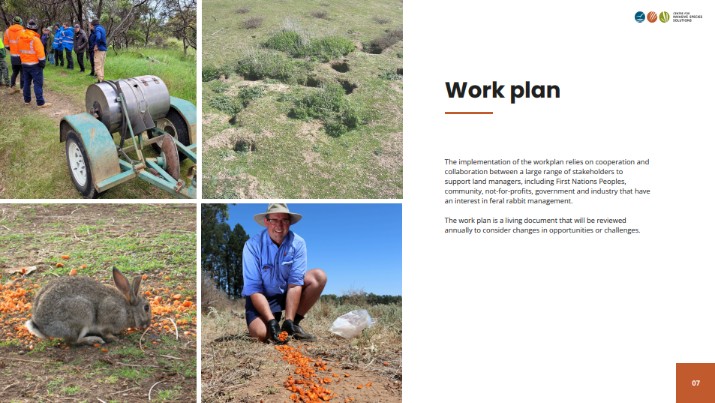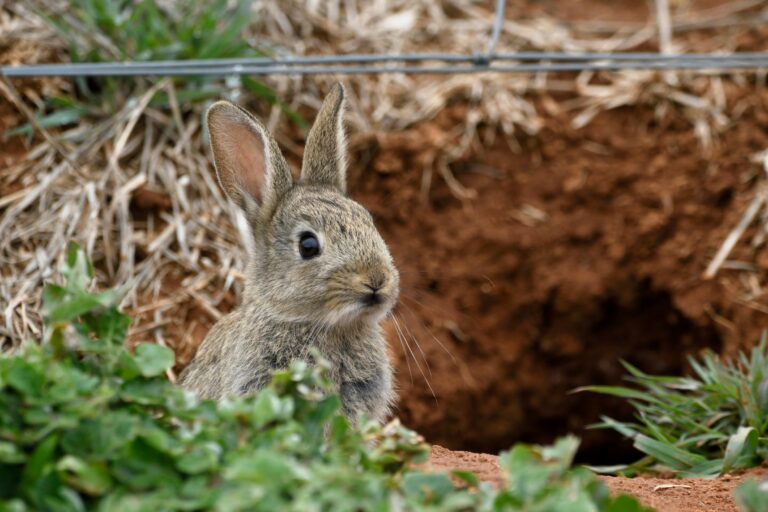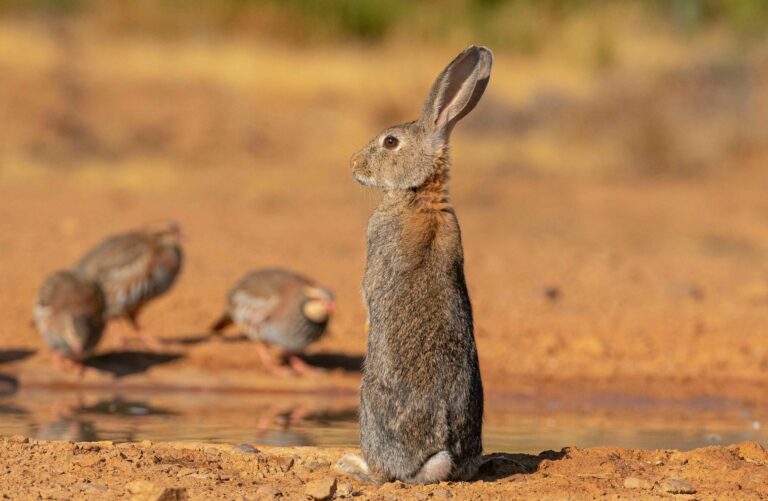Tackling Australia’s rabbit problem together
Australia’s battle against feral rabbits is entering a new phase.
Leading the charge, Heidi Kleinert, our National Feral Rabbit Management Coordinator is working closely with the National Feral Rabbit Steering Committee (SC) to drive national action. Together, they’re rolling out a suite of initiatives – from community engagement and industry collaboration to new extension materials, updated animal welfare standards, and strengthened communities of practice – all aimed at reducing the damage rabbits cause to Australia’s landscapes.

These efforts are guided by a new strategic work plan developed with, and endorsed by, the SC and the Terrestrial Vertebrate Working Group (TVWG) of the Environment and Invasives Committee.
The work plan provides a clear roadmap, ensuring everyone plays a part in reducing the negative impacts of rabbits across Australia. The five objectives are simple:
- Raise awareness: Increase community awareness of the damage caused by feral rabbits on the environment, agriculture, cultural heritage and community infrastructure.
- Increase capacity: Increase capability and adoption of best practice rabbit management by land managers to reduce the damage to the environment, agriculture, cultural heritage and community infrastructure.
- Build partnerships: Connect people to expertise and with other stakeholders working on the rabbit issue. Support land managers to collaborate, build networks and deliver coordinated rabbit management programs.
- Improve national standards: Review and improve the national standards for the effective and humane management of rabbits and their application.
- Protect important assets: Facilitate the prioritisation and resourcing of rabbit management projects to protect important assets.
Implementation of the workplan relies on cooperation and collaboration across all sectors – including First Nations Peoples, community groups, not-for-profits, government and industry. The work plan is a living document that will be reviewed annually to adapt to new opportunities or challenges.








